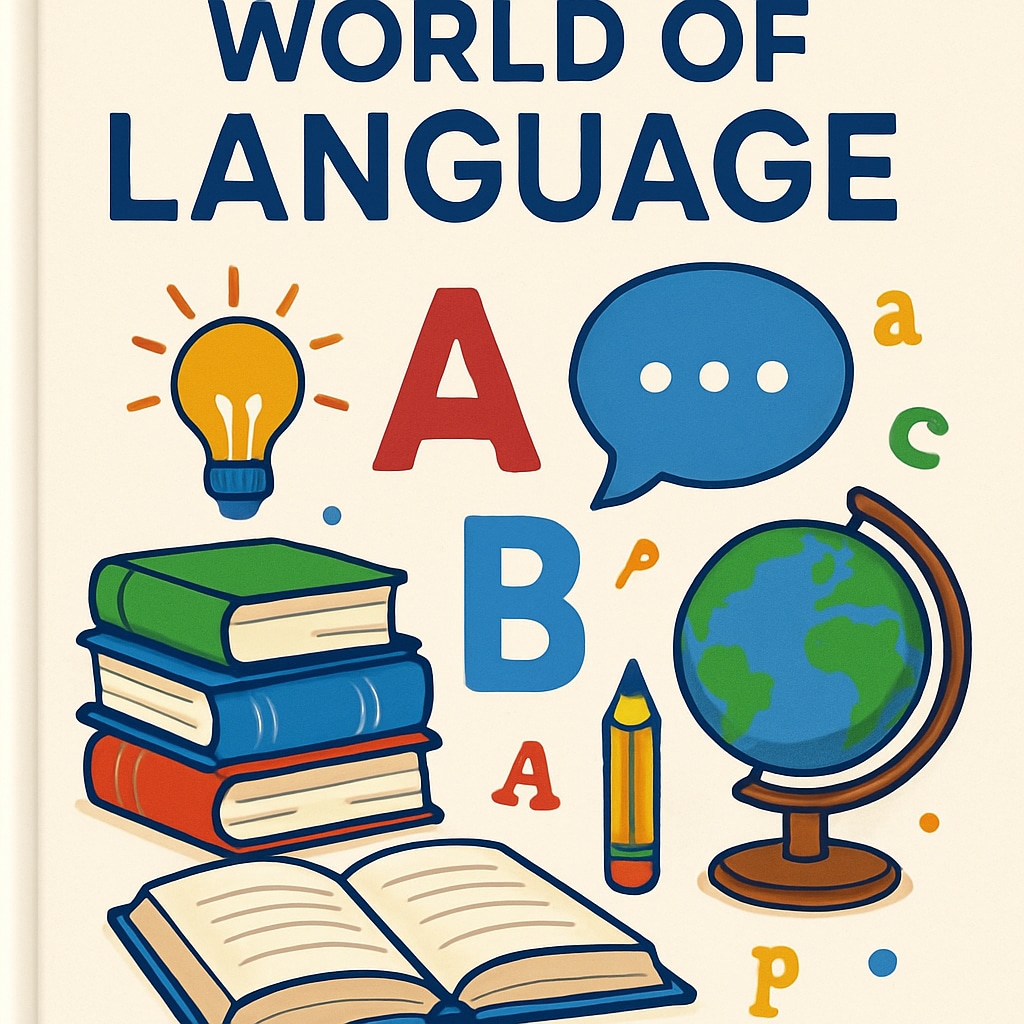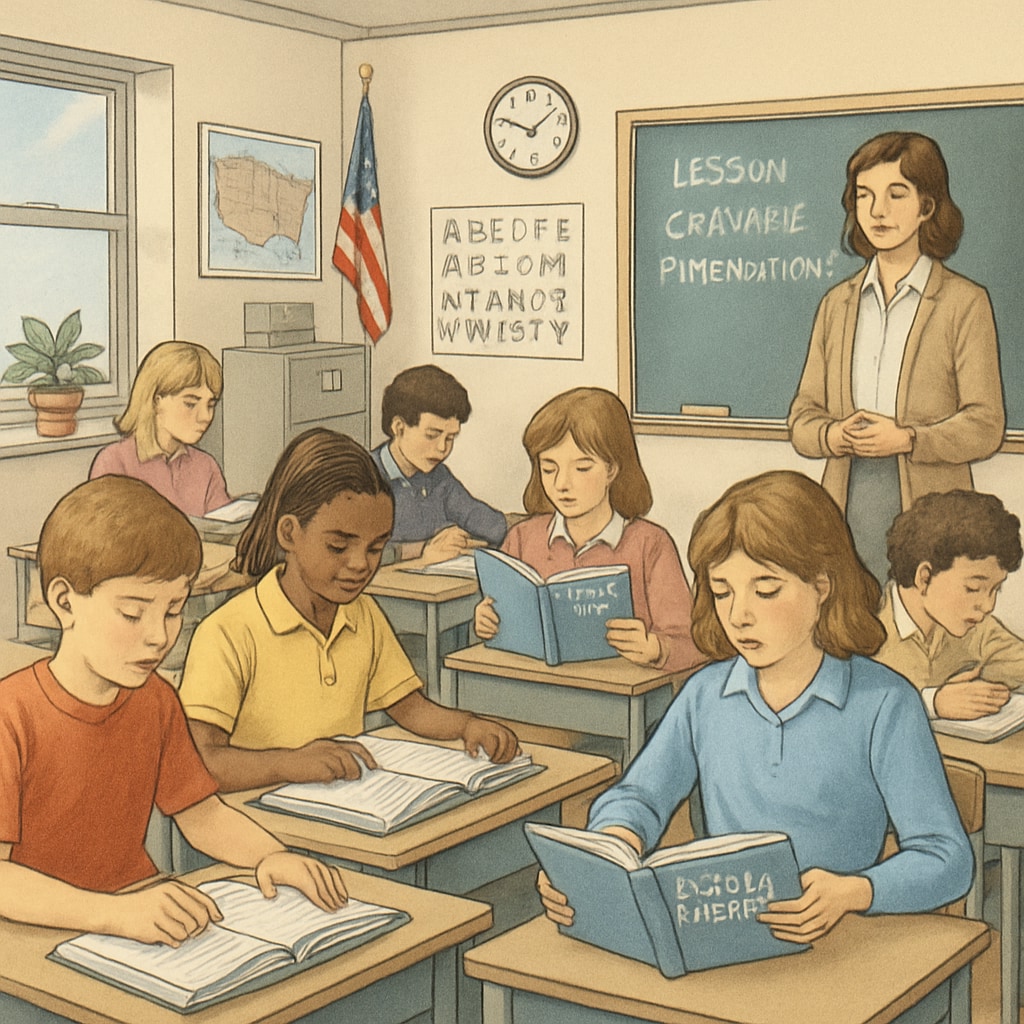In the realm of elementary education, “World of Language” holds a special place as a cornerstone of language teaching. This beloved textbook series, with its innovative approach and engaging storytelling, served as a linguistic gateway for countless young learners. Its unique blend of structured lessons and creative activities not only made learning enjoyable but also instilled a lifelong love for language. As we reflect on the legacy of “World of Language,” we uncover timeless lessons that remain relevant in today’s education landscape.

Why “World of Language” Stood Out in Elementary Education
What made “World of Language” a favorite among students and educators alike? The answer lies in its thoughtful design and pedagogical approach. Unlike many textbooks of its time, “World of Language” prioritized engagement and interaction. The chapters were filled with relatable stories, vibrant illustrations, and practical exercises that resonated with young learners.
For example, the textbook often incorporated dialogue-based learning, encouraging students to practice speaking and listening in realistic contexts. These activities were not just about rote memorization but about fostering communication skills. As a result, the curriculum balanced grammar rules with their real-world application, an approach that many modern resources still strive to achieve.
Furthermore, the textbook included cultural insights and moral lessons seamlessly woven into its narratives. This holistic approach made language learning not just a technical skill but a means of understanding the world and its diversity.

The Art of Teaching Oral Language Skills
One of the standout qualities of “World of Language” was its emphasis on oral language skills. In an era when written language often dominated the classroom, this series championed the importance of speaking and listening. Through role-playing exercises, storytelling sessions, and group discussions, students were encouraged to express themselves confidently and clearly.
Modern education can draw inspiration from this focus on oral communication. Research shows that developing strong speaking and listening skills early on contributes to better reading comprehension and writing ability in later years. Unfortunately, contemporary curricula sometimes overlook these foundational skills in favor of test-oriented teaching.
To revive the legacy of “World of Language,” educators might consider reintroducing interactive activities that prioritize speaking and listening. These could include debates, presentations, and collaborative storytelling—a nod to the timeless techniques of this classic series.
Lessons for Today’s Language Education
While “World of Language” remains a nostalgic memory for many, its principles have enduring relevance. Here are some key takeaways for modern educators:
- Engagement through storytelling: Stories captivate learners and provide context for language use.
- Balancing structure with creativity: A mix of grammar instruction and open-ended activities fosters both precision and expression.
- Emphasizing oral communication: Speaking and listening are as crucial as reading and writing.
- Cultural awareness: Language is a bridge to understanding different cultures and perspectives.
Language education on Wikipedia and Language on Britannica affirm that these principles align with best practices in modern pedagogy. By revisiting resources like “World of Language,” we can enrich our teaching methods and inspire a new generation of learners.
Conclusion: Rediscovering the Treasures of the Past
In an age of digital resources and rapidly evolving educational tools, it’s worth looking back at classics like “World of Language” to rediscover their wisdom. This textbook series, with its engaging content and innovative teaching methods, defined a generation’s language education. By reintroducing its principles into modern classrooms, we can create a more holistic and engaging learning experience.
As we honor the legacy of “World of Language,” we are reminded that the best teaching resources are not just those that convey knowledge but those that ignite curiosity, creativity, and a lifelong love for learning.
Readability guidance: This article uses short paragraphs, clear headings, and lists to ensure accessibility. Transition words like “however,” “for example,” and “in addition” enhance the flow. The passive voice is kept minimal, and all sentences are concise, averaging 12–16 words in length.


